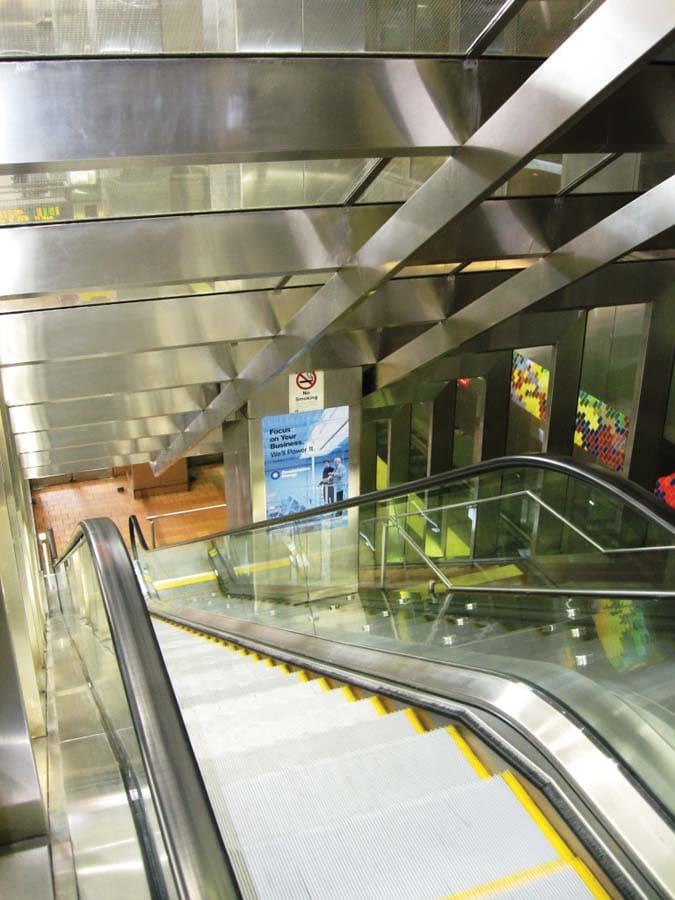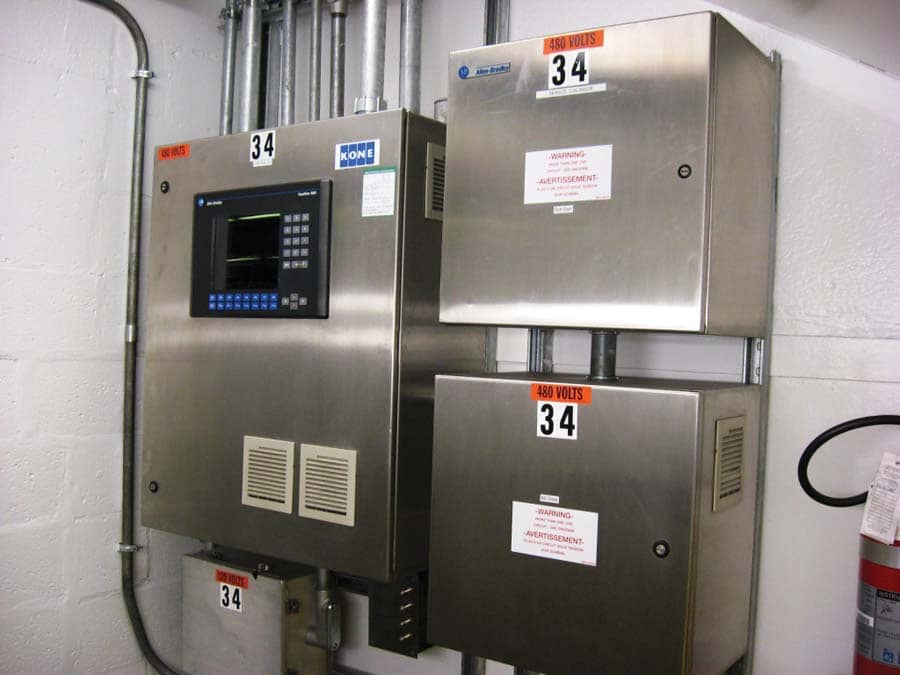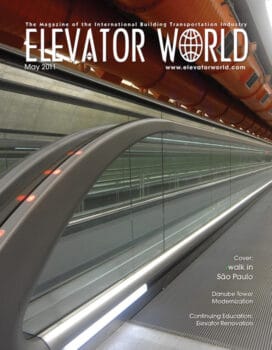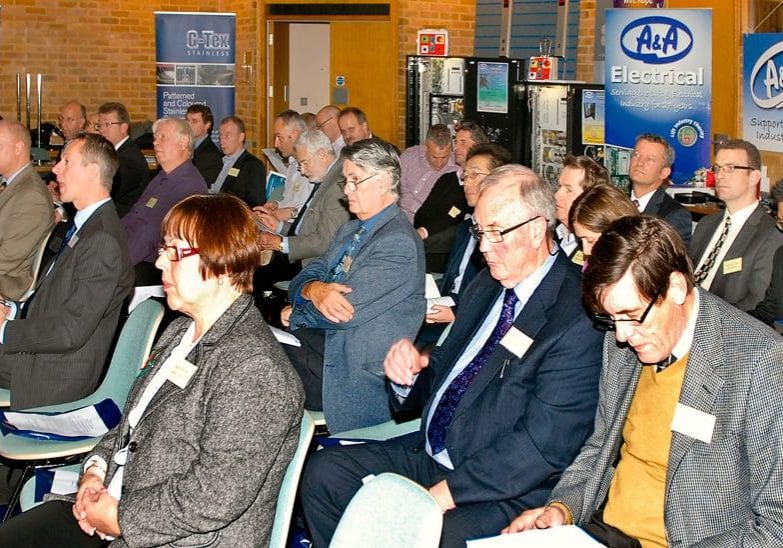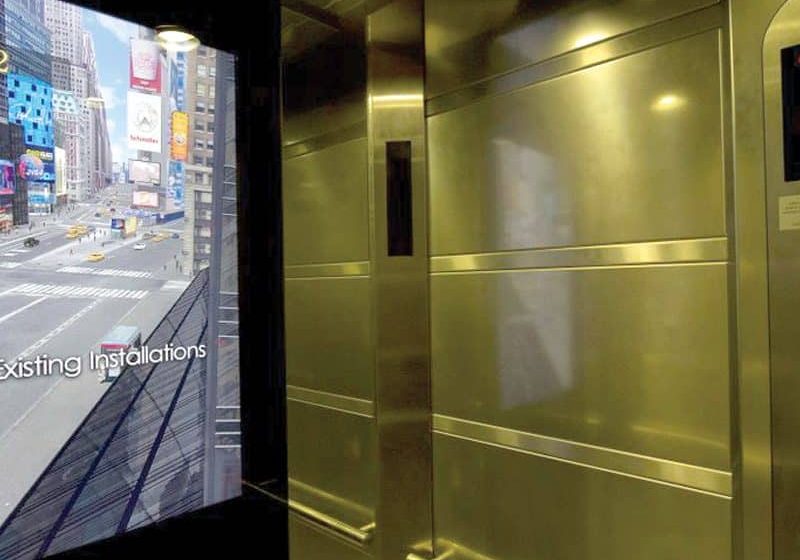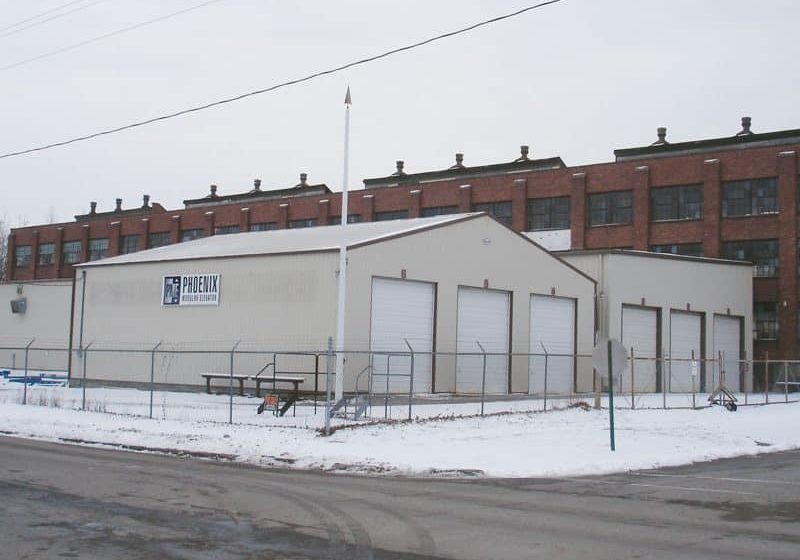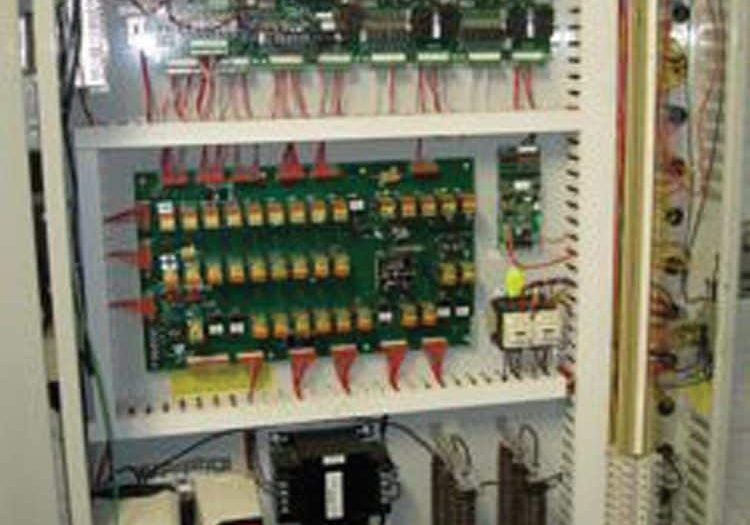SEPTA Escalator Modernization in Philadelphia
May 1, 2011
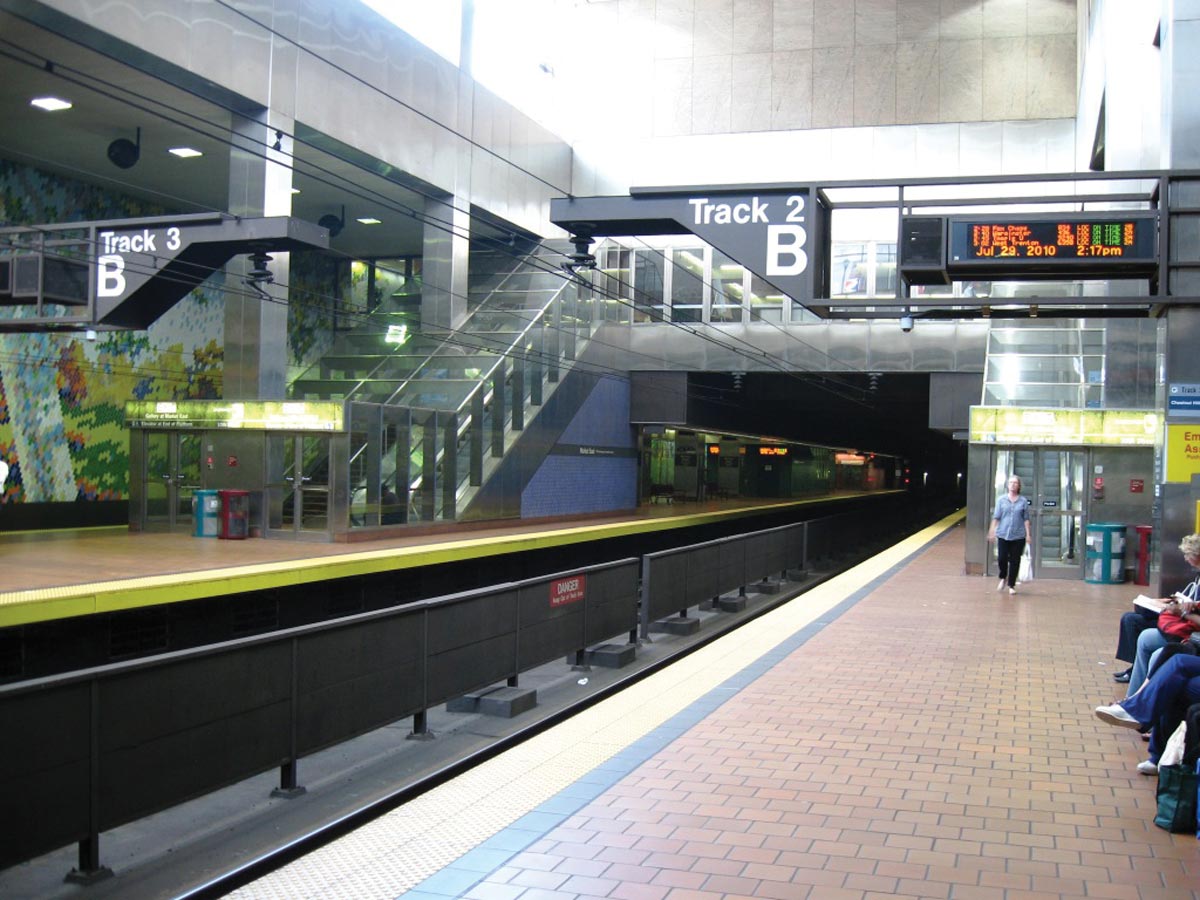
by Jeff Jenkins
The Pennsylvania General Assembly established the Southeastern Pennsylvania Transportation Authority (SEPTA) to provide public-transit services for its Bucks, Chester, Delaware, Montgomery and Philadelphia counties. SEPTA has since become one of the nation’s largest public-transportation systems, with a vast network of fixed-route services, including subway (underground and elevated), trackless trolley, light rail, commuter rail and bus, serving a 2,200-square-mile service region.
SEPTA has accumulated a vertical-transportation inventory in excess of 100 elevators and 50 escalators of varying applications, makes, models and ages. Having replaced escalators that had reached the end of their useful lives, SEPTA began an enhanced escalator modernization program to implement safety and operational improvements. The 12 escalators in the SEPTA Phase 6 Escalator Modernization Program were deemed to be the best candidates for these improvements due to the fact that they were inside units, not exposed to negative exterior elements. Eight of these escalators are located in the Market East Station, and four are in the Suburban Station. All units are original Otis model J, dating back to the 1970s, with 40-in. step design and vertical rises ranging from 18 to 20 ft.
With consensus from SEPTA and its escalator consultant, Vertical Transportation Excellence (VTX), all options were investigated. The project’s complexities, logistics, and total cost and disruption of performing a rip out and replace ([ROAR], removing the escalator, including the truss) led to a decision on the KONE EcoMod™. This direction was further reinforced when the extended lead times to compile contract documents for the ROAR option were considered. SEPTA also had a successful history with the product, having used it in phase 5 of its modernization program, which included four stations.
SEPTA requested that the equipment be designed to withstand the transit usage demands of the system. SEPTA, in conjunction with VTX, created a specification to outline the escalator product requirements. The specification sections for shop drawing submittals; construction staging; remote monitoring; warranty maintenance; demolition; machine-room construction; heating, ventilation and air-conditioning; and electrical requirements were either a part of the overall contract or had to be carefully coordinated by KONE as part of the contractual requirements. In the escalator specification, SEPTA required compliance with select, critical elements of the American Public Transit Association (APTA) escalator specification. Although not all inclusive, these included:
- Complying with usage demands while operating 24 hours per day, 7 days a week.
- Designing units to operate while exposed to all conditions of the natural elements and in a temperature range of -10°F to +105°F.
Specific APTA enhancements included:
- “Drive” performance parameters for static and dynamic brake loads, motor and drive duty loading, step loading, chain loading and chain breaking
- Complying with guidelines for balustrade panels, skirt, deck thicknesses, skirt bracketing, motor protection class, controller enclosures, track thickness, combplates, floor plates, handrails, gearbox and main drive bearings
While the units will still require ongoing maintenance, the end result is a more robust escalator, requiring fewer repairs and resulting in less downtime for SEPTA customers.
KONE was responsible for the 12-month warranty service after the initial replacement was complete and turned over for customer use. Afterward, trained in-house SEPTA personnel began servicing the units. To promote the serviceability of the units, SEPTA specified the construction of escalator control rooms, most of which were in the vicinity of the units. Some of these, however, had difficult access and required more than 250 ft. of threaded rigid electrical metallic tubing. In all, this totaled more than 2,000 ft.
The work was extensively inspected, tested and retested by SEPTA and VTX in accordance with SEPTA specification requirements. The schedule included:
- After demolition (truss component removal), the truss was inspected and certified by a private, licensed engineer.
- Near completion, a “pre-test” was performed.
- VTX and the design team (both mechanical and electrical) inspected the escalator machine rooms.
- Upon completion, the units were tested by the State of Pennsylvania.
- Units were inspected by SEPTA prior to turnover.
The completion of the extensive inspection and testing phase resulted in modernized escalators that met the SEPTA/VTX-directed requirements for safety, reliability and maintainability. In addition, specified APTA guidelines were achieved, along with the full parts, service and training documentation.
Specifications
Existing System Description
- Number of units: 12
- Floors served: Sub-street to platform level
- Model: Otis Type J
- Finishes: Eight #4 steel-steel inner panels, decks and enamel skirts
- Finishes: Four glass balustrade, steel-steel decks and enamel skirts
- Speed: 90 fpm (.45 mps)
- Vertical rise: 18-20 ft.
- Nominal step width: 40 in. (1,000 mm)
- Environmentally sustainable features: None
New System Description
- Number of units: 12
- Floors served: Sub-street to platform level
- Models: KONE Eco3000/EcoMod solid balustrade
- Finishes: Eight #4 steel-steel inner panels, decks and steel-steel skirts, coated with Teflon®
- Finishes: Four 12-mm glass balustrades, steel-steel decks and skirts, coated with Teflon
- Speed: 100 fpm (.5 mps)
- Vertical rise: 18-20 ft.
- Environmentally sustainable features: Energy-efficient, Trans-Vario planetary gear drive and eco-efficient lube-free chain with soft start
- Additional features: Customized recessed skirt brush design and deteriorated and missing roller detection system
Get more of Elevator World. Sign up for our free e-newsletter.


